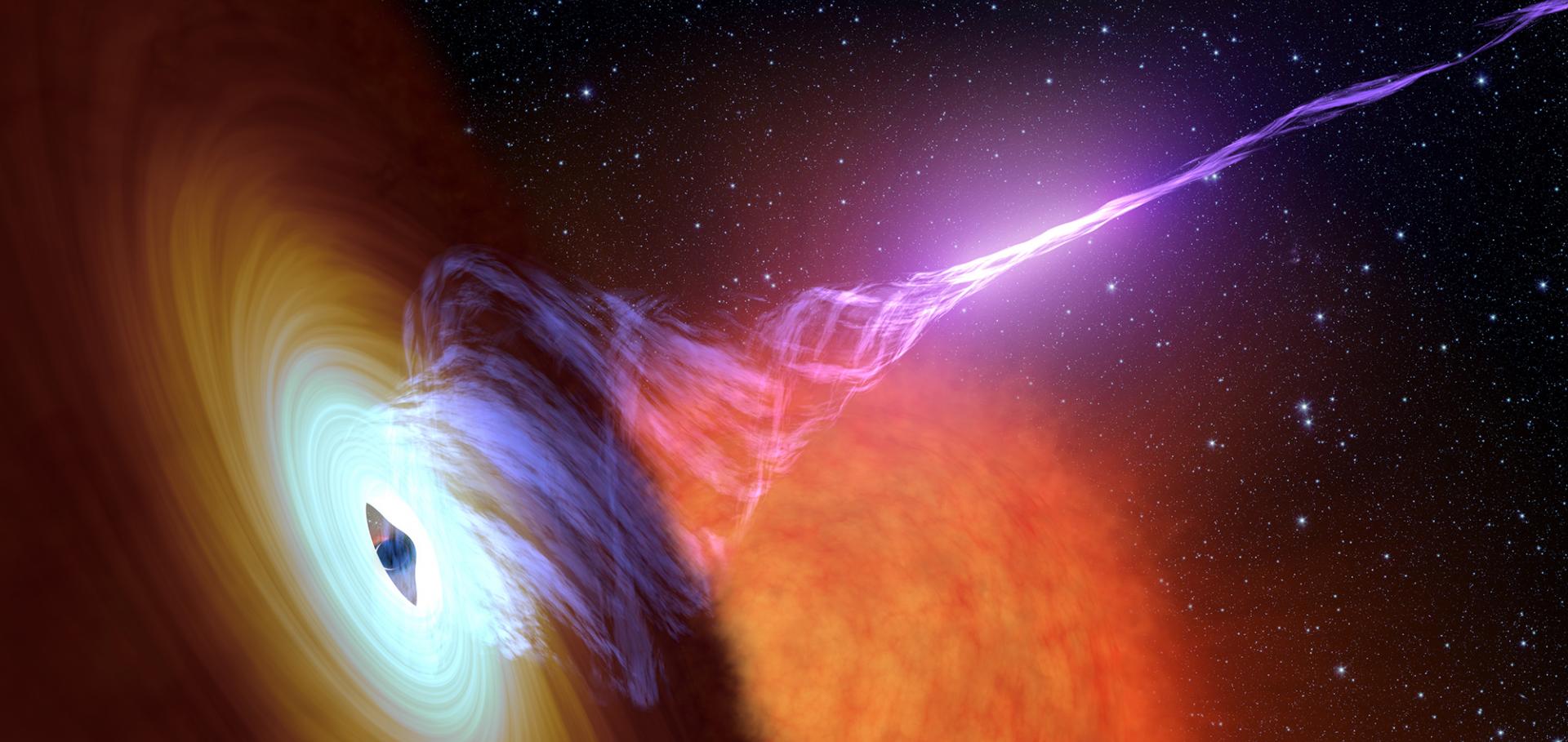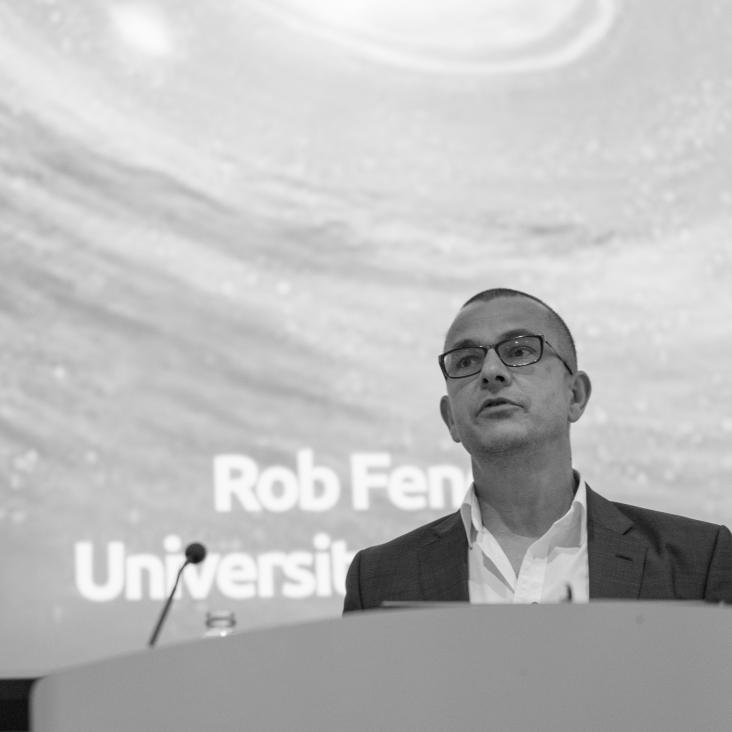Blast waves and reverse shocks: from ultra-relativistic GRBs to moderately relativistic X-ray binaries
(2025)
Joint Radiative and Kinematic Modelling of X-ray Binary Ejecta: Energy Estimate and Reverse Shock Detection
(2025)
Type I X-ray burst emission reflected into the eclipses of EXO 0748−676
Monthly Notices of the Royal Astronomical Society Oxford University Press 538:3 (2025) 2058-2074
Abstract:
The neutron star X-ray binary, EXO 0748−676, was observed regularly by the Rossi X-ray Timing Explorer (RXTE) and XMM–Newton during its first detected outburst (1985–2008). These observations captured hundreds of asymmetric, energy-dependent X-ray eclipses, influenced by the ongoing ablation of the companion star and numerous Type I thermonuclear X-ray bursts. Here, we present the light curves of 22 Type I X-ray bursts observed by RXTE that coincide, fully or partially, with an X-ray eclipse. We identify nine instances where the burst occurs entirely within totality, seven bursts split across an egress, and six cases interrupted by an ingress. All in-eclipse and split bursts occurred while the source was in the hard spectral state. We establish that we are not observing direct burst emission during eclipses since the companion star and the ablated outflow entirely obscure our view of the X-ray emitting region. We determine that the reflected flux from the outer accretion disc, even if maximally flared, is insufficient to explain all observations of in-eclipse X-ray bursts and instead explore scenarios whereby the emission arising from the X-ray bursts is scattered, either by a burst-induced rise in that provides extra material, an accretion disc wind or the ablated outflow, into our line of sight. However, the rarity of a burst and eclipse overlap makes it challenging to determine their origin.The Ejection of Transient Jets in Swift J1727.8-1613 Revealed by Time-Dependent Visibility Modelling
(2025)
Multiwavelength analysis of AT 2023sva: a luminous orphan afterglow with evidence for a structured jet
Monthly Notices of the Royal Astronomical Society Oxford University Press (OUP) 538:1 (2025) 351-372


